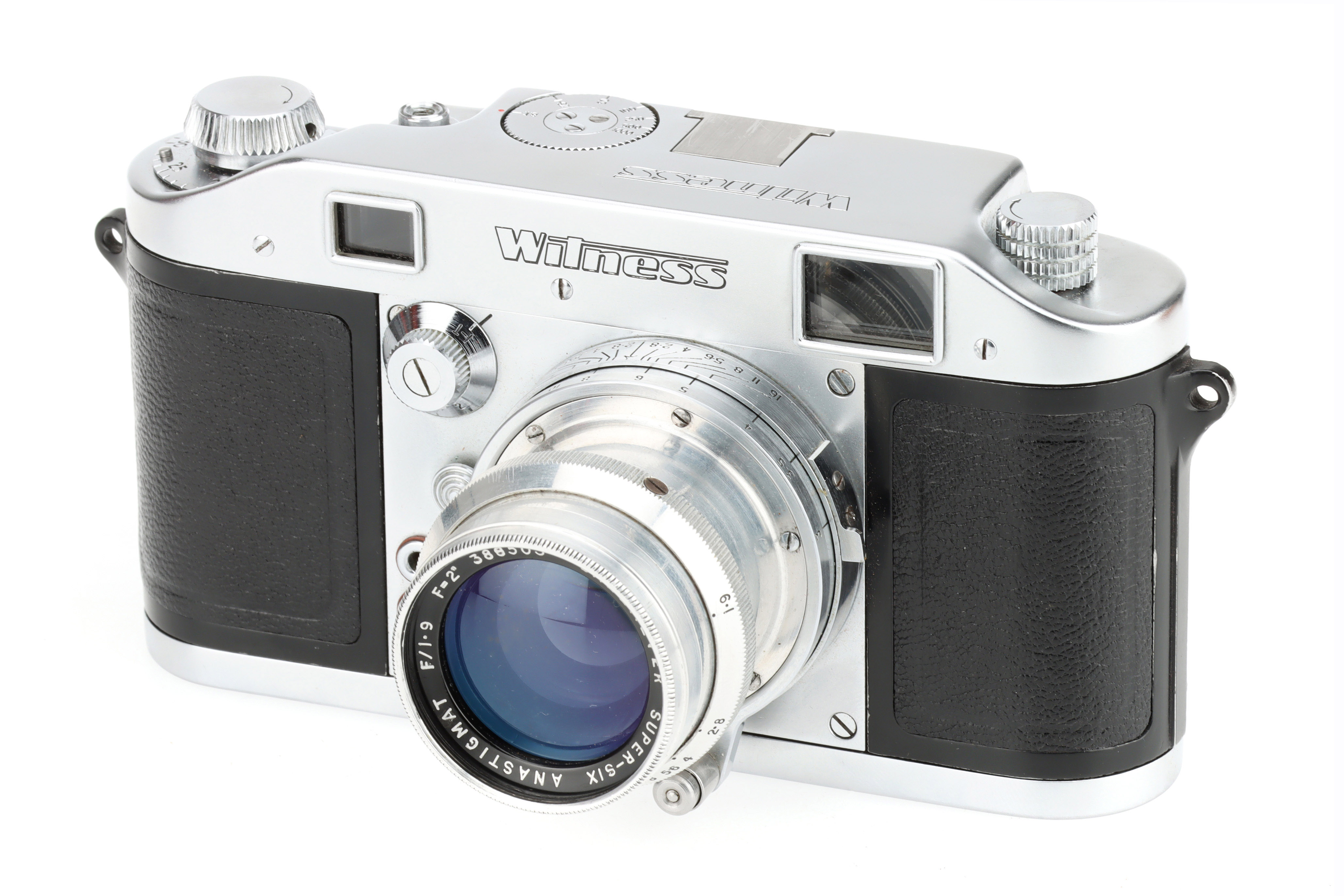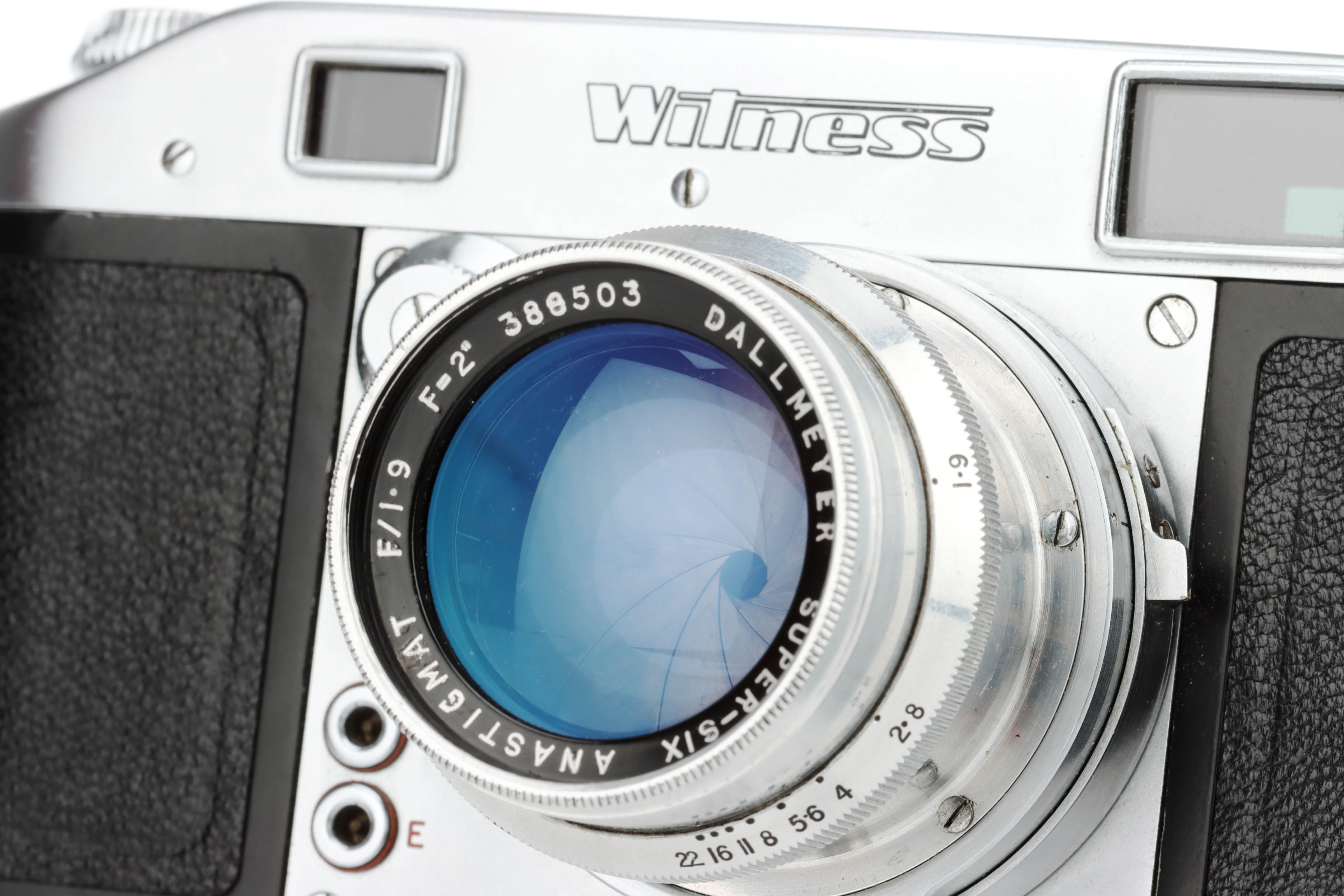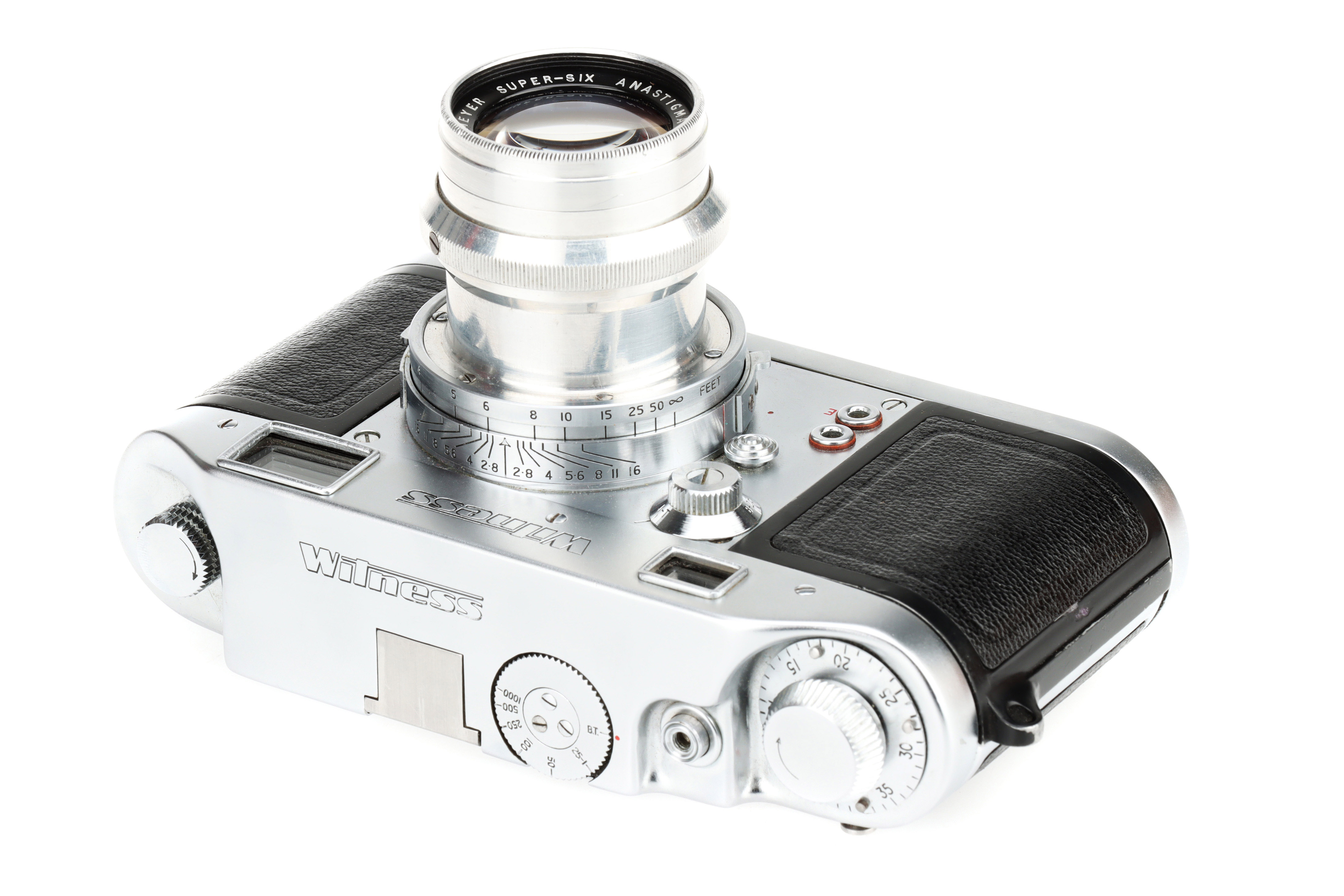The Ilford Witness
31/08/2023
The History of the Ilford Camera Co.
Ilford Limited's origins date back to 1879, when Alfred Harman began as one of the pioneering manufacturers of photographic dry plates. His initial operations were based in the basement of his residence on Cranbrook Road, Ilford. At that time, his team included two adult men, three young boys, and occasional help from his wife and housekeeper during peak periods. Harman distributed his plates via Marion & Co. Ltd., of Soho Square, branding them as "Britannia" plates. Due to growing demand, he soon relocated to a cottage on the Clyde Estate for emulsion production and a row of three-storey houses overlooking the River Roding for plate-coating and storage. By 1883, further expansion led to the construction of a newer factory on the same premises. In 1886, after differences with Marion's, Harman chose to handle his own distribution under the "Britannia Works Company" banner. Following a legal dispute, he had to relinquish the "Britannia" name for his plates, and he adopted the name "Ilford" instead.

The Ilford Witness
In the vast ocean of camera history, where renowned brands like Leica and Contax often dominate conversations, the Ilford Witness stands as an intriguing relic of a bygone era. A product of British photographic pedigree, the Witness encapsulates a unique period in photographic innovation and offers a glimpse into the aspirations of its creator, the Ilford company. Post-World War II Europe saw a rise in the popularity of 35mm cameras. The combination of compactness and the ability to capture high-resolution images made the 35mm format irresistible to many. While the German camera giants, Leica and Contax, had already set benchmarks in this segment, Ilford, primarily known for its photographic films and papers, saw an opportunity to carve a niche for itself.

Launched in 1953, the Witness was Ilford’s ambitious attempt to capture the high-quality 35mm market. From the outset, it was clear that the Witness wasn't just another rangefinder camera; it was a statement of intent, showcasing Ilford's engineering prowess. Despite its impressive features, the Witness had its share of challenges. The unique bayonet mount was a double-edged sword.
While it signified the camera's distinct identity, it also meant that only specific lenses were compatible with the Witness. In an era where adaptability was increasingly becoming key, this limited the camera's versatility. The 35mm camera market of the 1950s was fiercely competitive. Brands like Leica, with their M-series, and Contax had already cemented their reputations. The Witness, despite its merits, found it challenging to break this duopoly.

By the late 1950s, the Witness's prominence began to fade. It was soon overshadowed by its peers and newer innovations in the camera world. Ilford eventually decided to take a slight step back from camera manufacturing, pivoting to its foundational strengths in photographic films and papers.
However, the legacy of the Witness endures, particularly among camera enthusiasts and historians. It is seen as a symbol of British ingenuity, attempting to challenge the German camera hegemony of the era. For many collectors, the Witness is a prized possession, encapsulating a particular moment in the history of photography.
Ilford Witness Value & Variations
In today's market, the Ilford Witness is divided between two marks due to its desirable lens combination. One half pursue the camera based on its rarity and collectability as a whole, and the other (more China / Hong Kong-based) seek the camera for the lens and its unique photographic image rendering and rarity.
Supposedly, only 350 cameras were produced, however, some say this number may be higher and we believe this is probably true. Of these '350' cameras produced, Ilford offered two main lens options, around 300 were fitted with the Dallmeyer Super Six 2" f1.9 lens and around 50 with the Dallmeyer Daron 2" f2.9. Despite the Daraon being produced in much smaller numbers, this lens yields a much smaller value than the Super Six variation. An Ilford Witness with a Dallmeyer Super Six lens normally is valued at around £7000 - £12,000 (subject to condition) and an Ilford Witness with a Dallmeyer Daron lens is normally valued at around £3000 - £5000 (subject to condition). Furthermore, to these two options, you could have opted for the faster Dallmeyer Septac 2" f1.5 lens. Only a handful of these lenses were produced and would be valued at around £8000 - £12000 on the front of the Ilford Witness camera.
Naturally, the condition is key, so there may be some fluctuations in these prices depending upon cosmetics & operational conditions.
If you have an Ilford Witness camera you would like to sell or have valued, please contact us here.